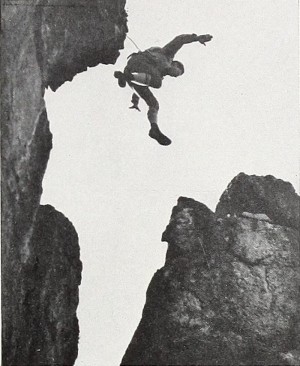
"The Mountaineers Club Teton Expedition, made by Ray Garner, tells the story of several young men who did some real mountain climbing among the peaks of famous Western mountains. A most interesting introduction, showing briefly the various types of climbing, prepared the audience for some of the amazing sequences later on. Remarkable attention to human interest details sustains the entertainment quality throughout and, when the actual climbing starts, the thrills are second to none. The agility of the cameraman contributed greatly to the effectiveness of the film." Movie Makers, Dec, 1936, 550.
"Black and white film highlighting the summer activities of ‘Little Brother,’ his older brother, and other children." Church History Library.
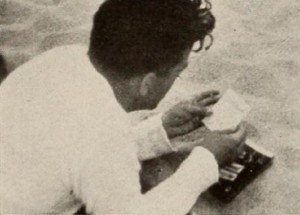
"Take a man who wants to play golf and his wife who wishes to see the sights on a family vacation and you have the simple plot of Nantucket Turnabout. Richard Elms treats the idea with a freshness, however, that lifts it from the usual vacation film class. Through the mechanism of the wife's desire to visit historical places, some lovely views of Nantucket are logically inserted in the film, while the husband wearily tags after her as his prepayment for a chance to play golf. The eventual golf game ends with the wife, fresh after her sight seeing, winning easily, while the exhausted husband repeatedly drives to the rough, far into the final sunset." Movie Makers, Dec. 1945, 496.
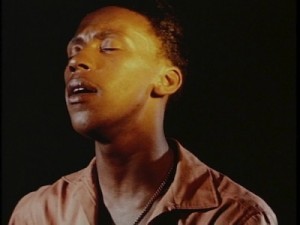
"Nightsong is a dramatic story of a colored night club singer, Willie Wright, trying to make the big time and, most of all "to get people to like me." One evening while singing, his eyes rest on the face of a beautiful young white girl and his infatuation with her becomes unmistakable as the story unfolds. The film is 99% visual with a sound track that places great emphasis on the various moods of the young singer" PSA Journal, Sept. 1965, 50.
"[The Nutcracker Suite] was made in the Radio City Music Hall, during a rehearsal and one performance, with no assistance from the house, save only permission. It was a 'catch as catch can' affair for they had not the slightest control over lights or performances" ("Program Notes").
Olympionic is another successful film by Rose and Stuart Dabbs of the Bronx. Naturally it's in color, and it is only 4 minutes long. The film is an excellent example of creativity, experimentation and what have you. It's all put together neatly. Here's your chance to see a film twice, three times and even as many as twenty times all in one screening. The gracefulness of the film is really a work of art. Oh yes, it's about Olympic diving" PSA Journal, Nov. 1969, 57.
"The One Man Band shows the filmer, Sid Laverents, playing about six instruments all at once, not to mention an old auto horn squeezed in between his knees that would compete well with Spike Jones, He explains what he is up to as a one man band, then plays two or three selections. A lively and entertaining film" PSA Journal, Sept. 1964, 51.
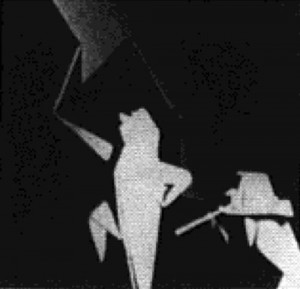
"Many forms of art originated in old Japan. Here is a demonstration of a unique and improbably one that began as entertainment for children. Origami, the art of paper folding, is charmingly portrayed and described in this very imaginative film. One of the Ten Best, it will be enjoyed in the 1963 Top of the Ten pack" PSA Journal, Oct. 1963, 40.
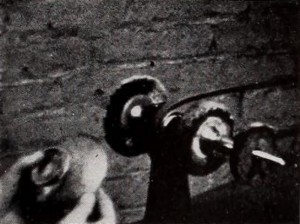
"Helen H. Loeffler has the distinction of being the only woman among those whose films placed in this year's Ten Best selection. Permanent Color is a workmanlike film record of applying vitreous enamel to metal in the production of decorative objects. The movie is replete with well lighted closeups of each operation, from making the vessels of copper to the final polishing after the enamel has been baked. Explanatory titles of the various steps are well handled, and scenes of the finished products provide a colorful ending." Movie Makers, Dec. 1944, 496.
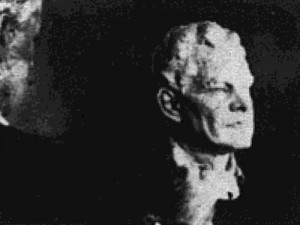
"Portrait in Bronze is an excellent documentary of the making of a bronze bust from the first sitting and the sculpturing in clay right on through to the finished product. The original was shot on Ektachrome commercial and the projection print is excellent in every particular - a large factor in the film's success. It received the MPD Golden Scissors Award for best editing of any film in the contest" PSA Journal, Sept. 1965, 50.
Total Pages: 14